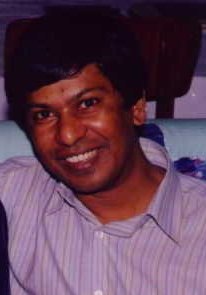
Joseph Samuel is an Editorial Board member of Classical and Quantum Gravity and a Professor at the Raman Research Institute, Bangalore, India
This paper leads to a discrete action functional on causets.
Lisa Glaser presents some tidy results in the definition of the discrete d’Alembertian operator on a causet in any dimension.
The causet approach to quantum gravity was pioneered by Rafael Sorkin in the 1980s. It approximates the space-time continuum by a discrete structure–a set with a partial order. The causet approach is marked by its minimalist philosophy, capturing Lorentzian manifolds in a discrete net with just Continue reading



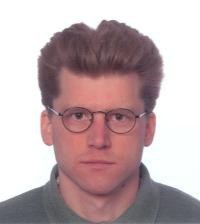
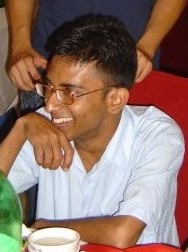


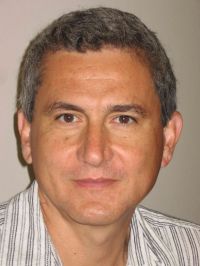
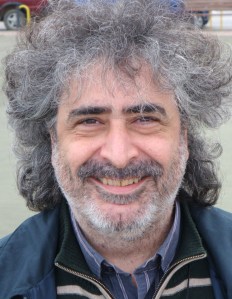
You must be logged in to post a comment.